Dimensions: 26.5 × 21.5 cm
School: Post-Byzantine/Balkan or Cretan tradition workshops
Technique: Egg tempera on a chalk ground (levkas)
Subject: Crucifixion of Christ, "four-nailed" iconographic type. A superb 17th-century icon depicting the Crucifixion of Christ, presented according to the post-Byzantine tradition. The work is executed in tempera on a chalk ground (levkas) on a single wooden panel and displays a refined, expressive, and theologically structured iconography, typical of Eastern sacred art.
In the center, the crucified Christ is depicted on the four-nailed cross, his head bowed, surrounded by a golden cruciform halo. The bloody stigmata are depicted with realism and restraint, in keeping with Eastern theology, which emphasizes the redemptive victory more than Western pathos. The scene is structured according to a classical hieratic composition:
On the left: the Virgin Mary, veiled in dark blue and brick red, in deep mourning, raising her hand toward her Son in a gesture of liturgical lamentation.
Beside her: Mary Magdalene, recognizable by her red cloak and supplicating posture.
On the right: the Apostle John, young, haloed, wearing a red himation, turned toward Christ in an attitude of pious sorrow.
Behind him: the centurion Longinus, recognizable by his stylized Roman helmet; a figure traditionally tasked with attesting to the divinity of Christ:
“Truly this was the Son of God.”
In the foreground appears Mount Golgotha, with the fissure reminiscent of Adam's cave, symbolizing universal Redemption.
In the background, a monumental red wall evokes a stylized Jerusalem, in a style inherited from 16th- and 17th-century Cretan and Balkan production.
In the upper left corner also appears a quarter of a celestial medallion, from which emerges the hand of God, a sign of divine manifestation. The icon is distinguished by:
A warm and contrasting palette: dark reds, ochres, earthy browns, and luminous greens.
A deep black background, traditional in late Balkan and Cretan schools, enhancing the hieratic legibility of the figures.
Angular and sinewy drapery, inherited from the late Byzantine style.
A symmetrical and frontal composition, lending gravity and monumentality to the subject despite its small size.
The technique of execution (tempera on levkas) allows for fine glazes, mastery of flesh tones, and great chromatic stability over time, characteristics of professional icon painting.
HISTORICAL AND ARTISTIC CONTEXT
The Crucifixion has been one of the major themes of Christian iconography since the 6th century.
In the Byzantine and post-Byzantine world:
the scene is part of the Passion cycle,
it occupies an essential place in the iconostasis,
it serves as an image for liturgical and doctrinal meditation.
In the 17th century, the spread of the Cretan style in the Balkans and mainland Greece led to a strict codification of sacred scenes, characterized by:
codified poses,
elongated figures,
a clear visual theology,
and a standardization of backgrounds and architecture.
This icon is fully in keeping with this tradition, likely originating from a Balkan or Greek workshop, influenced by the principles of the late Cretan School.
CONDITIONAL CONDITION
Some minor wear consistent with age
Old patina
Very good pictorial stability
No visible overpainting This work presents:
A complete and theologically coherent iconography,
A professional execution,
A vibrant and traditional palette,
A perfect size for a private collection,
A strong spiritual presence,
An authentic work without modernization or decorative excess.
ATTRIBUTION & VISUAL EXPERTISE
Based on:
the graphic style,
the treatment of the figures,
the palette,
the austerity of the background,
and the architectural composition,
we can suggest an attribution to a post-Byzantine workshop in the Balkans or mainland Greece, active in the 17th century, within the movement of painters working under Cretan influence.
Shipping and Insurance Information:
The packaging of all our parcels is entrusted to MBE (Mail Boxes Etc.) Narbonne, guaranteeing careful and perfectly secure packaging. Shipping is then handled by UPS, FedEx, or GLS, ensuring reliable and tracked delivery worldwide. For any purchase exceeding €4,000, an ad valorem insurance policy is automatically taken out with Trans-Pass, thus providing optimal coverage for your purchase throughout its entire journey.
#ancienticon #17thcenturyicon #byzantine #postbyzantine #cretan #crucifixion #orthodoxart #tempera #levkas #religiouspainting #ancientart #saintart #proantic #artcollection #artcollection #iconforsale #ancientpainting




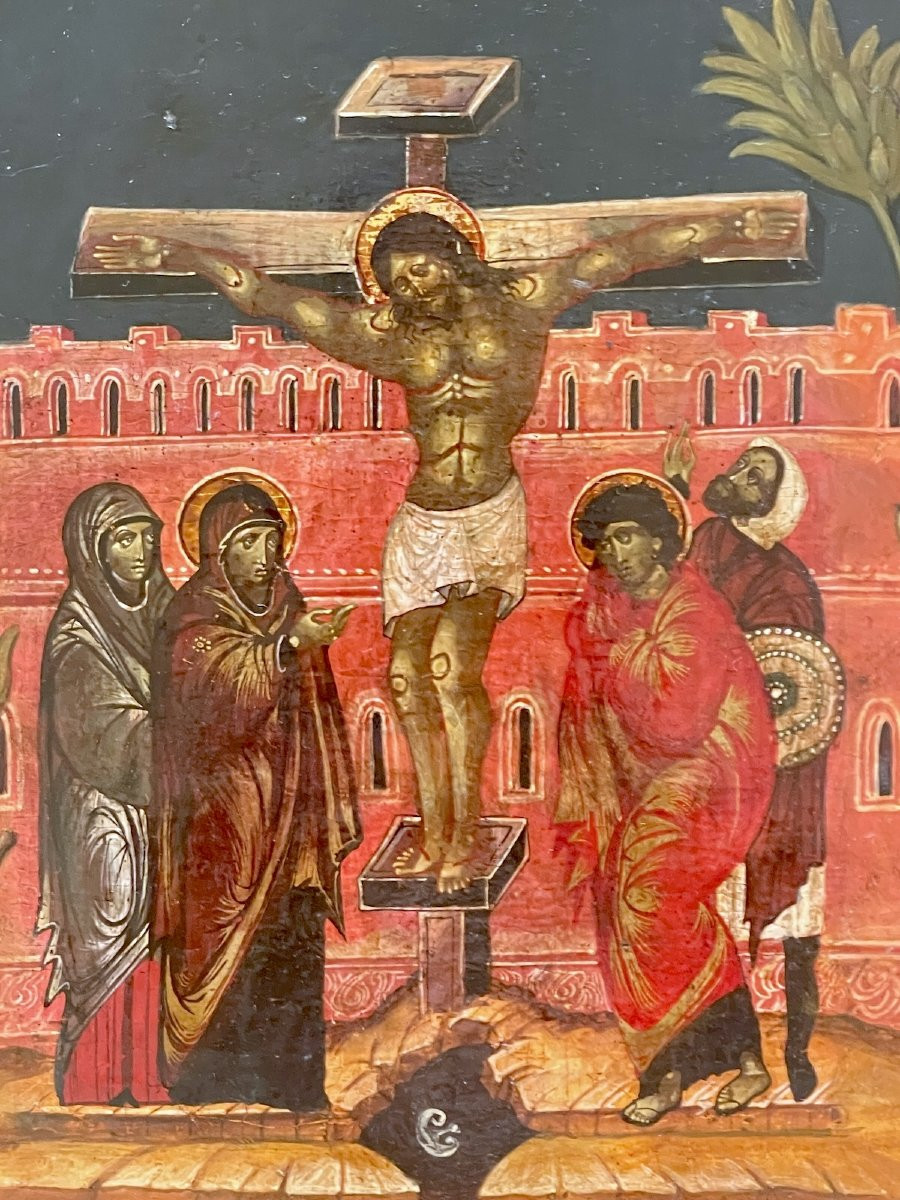






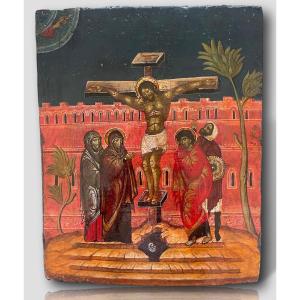
















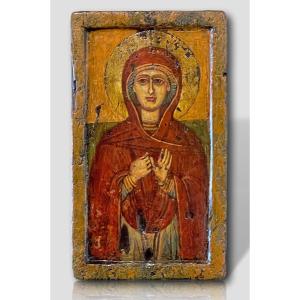
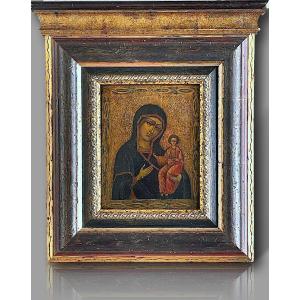




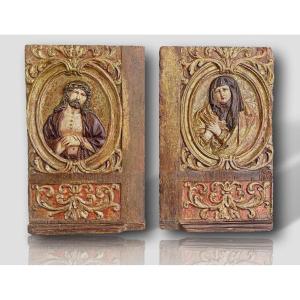








 Le Magazine de PROANTIC
Le Magazine de PROANTIC TRÉSORS Magazine
TRÉSORS Magazine Rivista Artiquariato
Rivista Artiquariato